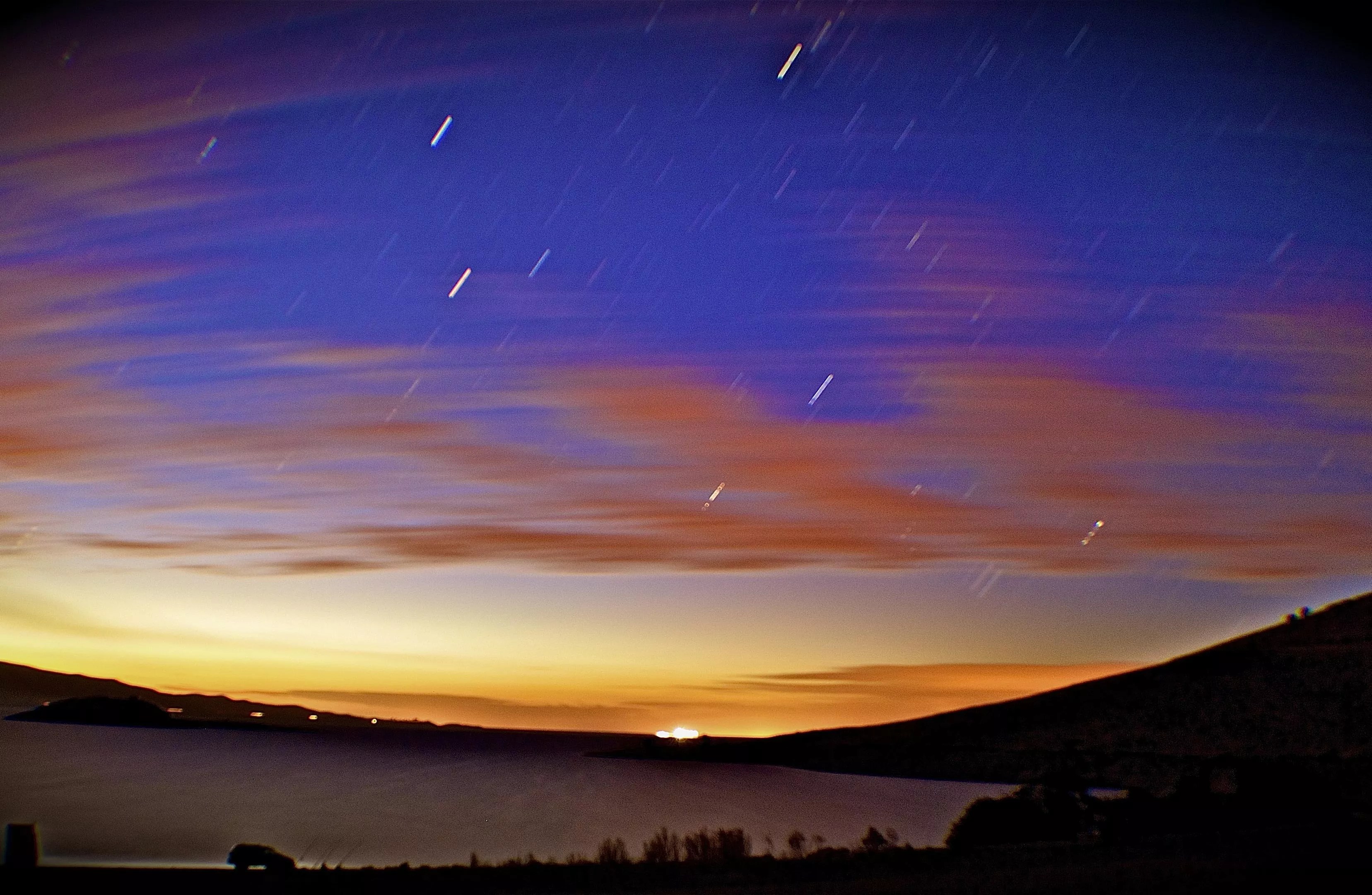
Jason Jenkins/CC BY-SA 2.0/Flickr

Audio By Carbonatix
Skywatchers are in for a celestial double feature this week. A pair of meteor showers, the Alpha Capricornids and Southern Delta Aquariids, will peak on Tuesday night into early Wednesday morning, both sending streaks of light soaring across the skies.
Both meteor showers, which peak every July, are two of the highlights of the summer skywatching season.
Admittedly, the Alpha Capricornids and Southern Delta Aquariids aren’t the biggest showers, as they typically produce only 10 to 20 meteors per hour. What they lack in volume, they make up for in visibility, often delivering bright fireballs that steal the show.
Here’s when to see the Alpha Capricornids and Southern Delta Aquariids peak this week and where to look for meteor showers tonight.
This year, make your gift count –
Invest in local news that matters.
Our work is funded by readers like you who make voluntary gifts because they value our work and want to see it continue. Make a contribution today to help us reach our $30,000 goal!
What time is the meteor shower tonight?
Meteors from the Alpha Capricornids and Southern Delta Aquariids will be visible any time after dark. The strongest concentration of shooting stars will start just before midnight and last until 4 a.m.
Why are they called the Alpha Capricornids and Southern Delta Aquariids?
They’re named after the particular constellations they appear to originate from, also known as the radiant points. The Alpha Capricornids seem to emanate from the star Alpha Capricorni in the constellation Capricornus. Meanwhile, the Southern Delta Aquariids appear to come from Delta Aquarii in the constellation Aquarius.

A photo of the Delta Aquariids meteor shower in 2022.
David Wipf/CC BY 2.0/Flickr
Where should you look to see the Alpha Capricornids?
To see the Alpha Capricornids, you’ll want to look toward the constellation Capricornus in the southeastern sky after midnight.
Where should you look to see the Southern Delta Aquariids?
The constellation Aquarius will be visible in the southern sky.
Where is best location to view tonight’s meteor shower?
Areas with the darkest sky possible and unobstructed views of the southern horizon are best. Get as far from the lights of metro Phoenix and head towards the southern outskirts of the Valley. Areas like Buckeye, Queen Creek, San Tan Valley and Gold Canyon are ideal locations, since you don’t have to look through light pollution to see.
Do you need a telescope or binoculars to see the meteor showers?
Nope. Given how quickly shooting stars move across the sky, there isn’t a benefit to using a telescope or binoculars to spot them.
What are some meteor shower viewing tips?
Bring a blanket, chair or other seating to kick back and view as much of the sky as possible. Try putting away your phone for 15 to 20 minutes to permit your eyes to adjust to the dark.